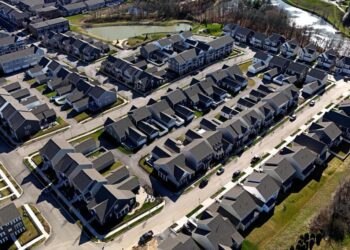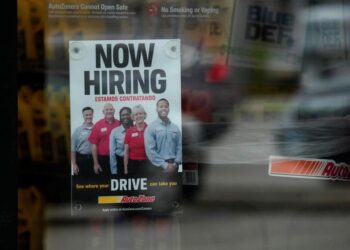As much as we all love the ability to throw a load of socks in the washer in between Zoom calls or hide behind a screen in last night’s pajamas, employers don’t seem to have the same attitude towards remote work as when Covid-19 first made it the norm. The demand for a return to the office is rising, resulting in a new phenomenon: the hybrid work model.
According to a recent report published by Jones Lang LaSalle Inc., “Is Hybrid Really Working?,” workplace attendance has become the most contentious issue between employers and employees.
Employers are stating that being fully remote is not acceptable anymore, with 87% of those polled encouraging their workers to come into the office at least some of the time and 33% implementing some form of compulsory attendance.
“I do think that the physical workplace enables a lot of positives,” said Kerin Van Andel, an executive vice president and workplace strategy lead at JLL. “I think it allows for face-to-face collaboration. I think it allows for fostering team cohesion.”
On the other hand, although the number of days in the office is increasing, employees are adamant about wanting to maintain some of the flexibility that comes with working remotely.
This has resulted in the mainstream adoption of the hybrid work model, where 3.1 was found to be the average number of days in the office, slightly above the employee preference of 2.8 days, according to JLL’s report.
“I think this new approach is more humane,” Sonnet Hui, general manager and vice president at Project Management Advisors Inc., said. “And I actually think it drives more flexibility because it treats people like adults. It allows them to make decisions on their own and balance what they need to do in the work environment, as well as in their own personal lives.”
Flight to quality
But what does the rise of hybrid workplaces mean for the future of office buildings? Will the demand stay the same?
“The demand for office space is…
Read the full article here







